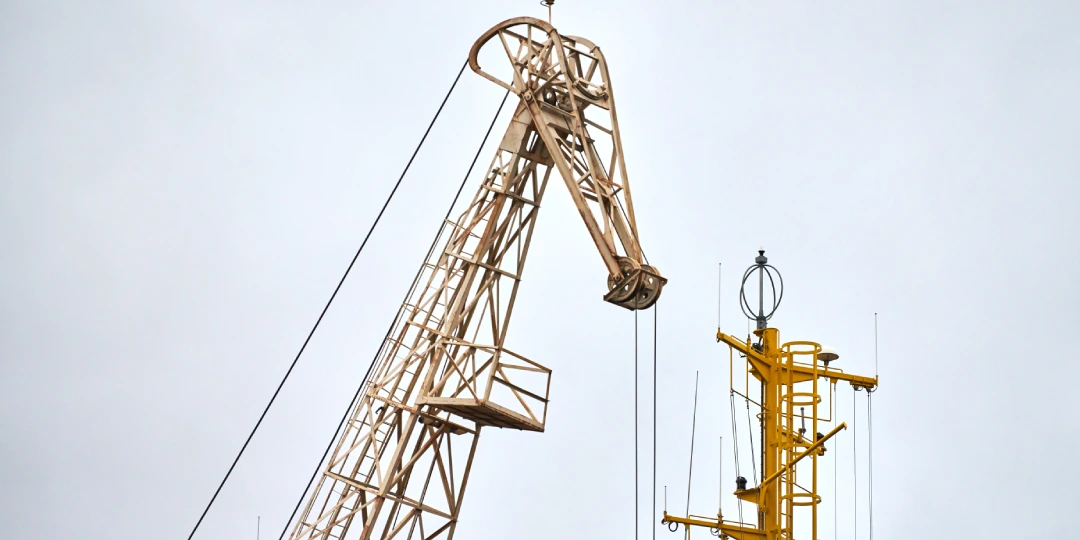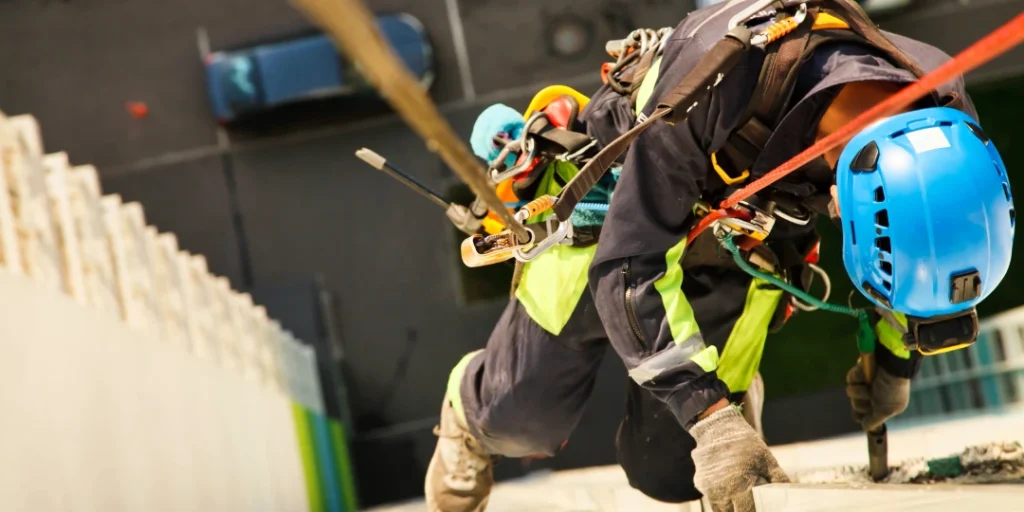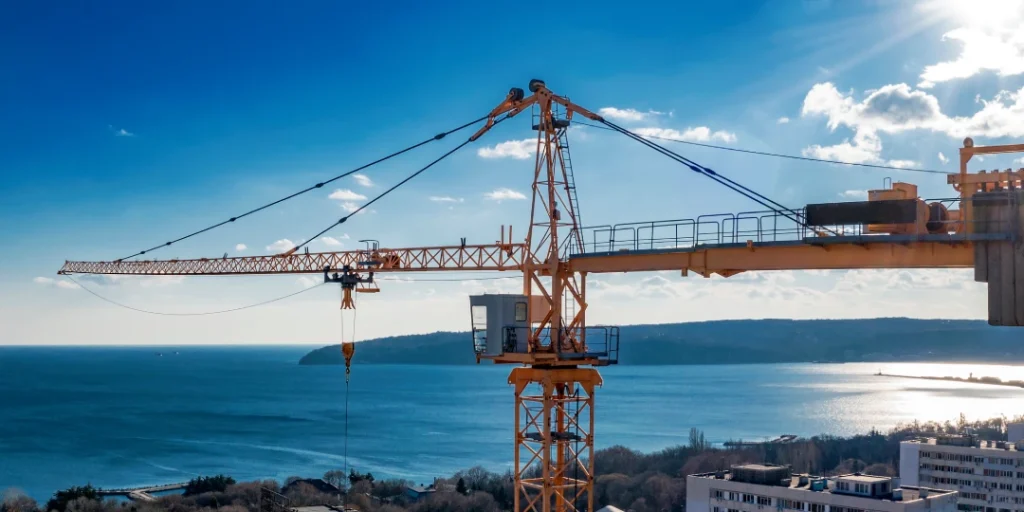Introduction: The Distinct Landscape of Rigging in Nashville
Rigging in Nashville exists in a category of its own. Unlike cities with predictable grid layouts or static skylines, Nashville’s construction landscape is constantly shifting. New high-rises, retrofitted historical buildings, and mixed-use developments rise in close quarters, often hemmed in by narrow roads or restricted access points. This ever-changing environment demands a flexible rigging strategy—one that evolves not just from project to project, but sometimes from day to day. Rigging in this city is less about rote execution and more about real-time problem solving.
The logistics window for the operations in Nashville is often narrow. With frequent public events, tight urban zoning, and road usage constraints, rigging teams are expected to operate with minimal disruption to surrounding activity. That means equipment must be staged efficiently, personnel must be well-synchronized, and lifts must occur with near-clockwork precision. Rigging under these constraints calls for deep planning, excellent communication, and a mastery of both timing and spatial awareness. Errors are not easily absorbed—they ripple out and affect traffic, schedules, and, most importantly, safety.
Fortier Loss Control brings localized knowledge to each rigging job in Nashville. Their teams aren’t parachuting in from out of state with generic procedures. They live the nuances of this city daily. Whether it’s accounting for pedestrian-heavy areas near Broadway or scheduling crane lifts to avoid Titans game traffic, Fortier’s approach is grounded in local realities. Their understanding of Nashville isn’t academic—it’s built on decades of hands-on rigging experience in a high-pressure, high-growth environment. That perspective shapes every decision they make.
Why Geography and Infrastructure Matter
Rigging in Nashville is deeply shaped by the city’s topography and built environment. The terrain isn’t flat; it rolls and dips, which complicates both equipment placement and load stabilization. Elevation shifts can throw off standard lift planning, especially when working near embankments or on multi-level sites. The crews must make precise calculations that incorporate slope, weight distribution, and crane reach—all within the confines of tight city lots. A one-degree misjudgment on uneven ground can have cascading consequences during a lift.
The infrastructure itself adds another layer of complexity. Nashville blends new construction with aging buildings and underground utilities that weren’t mapped with modern rigging needs in mind. Streets may look navigable on paper but lack the structural integrity for heavy crane support. Sewer lines, fiber-optic cables, and historic foundations can’t always bear the stress of the operations without risk. Fortier Loss Control performs extensive pre-lift surveys to identify these invisible risks and adjust their rigging strategy accordingly. Safety in this context is more than visibility—it’s anticipation.
Overhead, the city presents further constraints. Power lines, transit wires, and old building projections limit crane boom movement and load swing. In some parts of the city, rigging must be executed under low clearance or around structures that leave no margin for error. Fortier Loss Control addresses this with adaptive rigging methods—like modular rigging components or split lifts—that maintain control in otherwise constrained vertical spaces. Rigging in Nashville, then, is not just a question of lifting—it’s a multidimensional challenge that tests spatial intelligence and strategic foresight.
Nashville’s Growth and Its Impact on Rigging Operations
Nashville’s rapid urban expansion has dramatically increased the demand for skilled rigging operations. With cranes dotting the skyline and new developments emerging in formerly low-density areas, rigging has become a foundational activity in the city’s construction rhythm. The frequency and overlap of projects create high-demand windows for equipment and operators, leaving little room for scheduling errors or downtime. The teams are under constant pressure to deliver safely, on time, and within tight logistical parameters. The pace of growth doesn’t allow for complacency—it requires acute attention to every detail, from permitting to execution.
This accelerated growth often means that multiple contractors are working within the same limited footprint. The operations must be carefully sequenced to avoid conflicts between trades and machinery. Fortier Loss Control frequently finds itself coordinating with general contractors, electrical crews, utility teams, and city officials to ensure their rigging schedules align with broader site activities. This collaborative approach isn’t optional—it’s necessary to maintain safety and workflow continuity in a congested build environment. One unplanned lift can stall dozens of other critical tasks, making precise rigging coordination a strategic imperative.
Compounding the challenge, many new projects are mixed-use developments combining residential, commercial, and entertainment spaces. This variety requires rigging teams to adapt their techniques and safety considerations depending on the section of the build. A rooftop HVAC lift demands different rigging tactics than the installation of large-scale signage or structural steel. Fortier’s teams are trained to pivot quickly between these task types, bringing both technical knowledge and contextual awareness to every lift. Their ability to execute under pressure, without sacrificing safety, sets them apart in a city that’s constantly under construction.


Specialized Training Programs Adapted for the Nashville Workforce
Rigging crews in Nashville face a unique blend of challenges, and Fortier Loss Control ensures their teams are trained not just broadly, but with local specificity. Their training programs go beyond national standards and embed scenarios that reflect Nashville’s dense job sites, variable weather, and architectural quirks. Workers aren’t just taught how to rig—they’re taught how to rig in Nashville. That distinction matters when the job calls for a rooftop lift in a floodplain or a blind pick next to a live music venue operating below.
Training is delivered in multiple formats: hands-on simulation, classroom instruction, and digital modules. Fortier reinforces technical skills like signal communication, load calculation, and hardware inspection, while also emphasizing situational awareness. Nashville’s job sites often require nuanced communication between multiple subcontractors working in close proximity. Fortier’s rigging training teaches crew members how to operate safely in these tightly packed, multi-crew environments without losing focus or efficiency. The aim is not just compliance—but true operational readiness.
Ongoing education is a pillar of the program. Fortier believes that rigging knowledge shouldn’t plateau once a certificate is issued. As local codes evolve or new equipment is introduced, training modules are updated and reissued. Crew members are brought back in for refresher courses and skill reinforcement. This commitment to continuous learning keeps the workforce sharp and responsive, which is critical when every rigging operation involves dynamic risk. In an industry where a single lapse can have severe consequences, Fortier’s investment in tailored training helps ensure every lift is carried out with practiced precision.
Equipment Standards and Inspection Protocols
The integrity of rigging equipment is non-negotiable. At Fortier Loss Control, gear is treated with the same rigor as any structural component—inspected, logged, and tracked with high granularity. Every shackle, hook, sling, and spreader bar undergoes routine scrutiny according to strict inspection intervals. Wear, corrosion, deformation, and heat damage are red flags that prompt immediate removal from circulation. No tool or component is exempt from inspection, no matter how new or lightly used. Rigging depends on these systems, and Fortier leaves nothing to chance.
Inspections are both visual and tactile, conducted by certified inspectors trained to spot early warning signs of failure. Each piece of rigging hardware is barcoded and logged into a digital inventory system, creating a transparent record of usage, maintenance, and incident history. This system allows Fortier to quickly audit any component’s lifecycle or pull gear from service the moment a defect is found. In environments where lift failure can cause catastrophic damage, this attention to traceability is a critical line of defense.
But Fortier goes beyond inspection—they also invest in premium equipment that exceeds basic industry specs. High-tensile alloys, non-abrasive slings, and modular rigging systems are standard. Their gear is designed to perform under Nashville’s demanding conditions, where tight clearances, variable loads, and unpredictable weather push hardware to its limits. By combining top-tier equipment with uncompromising inspection routines, Fortier ensures that the rigging tools in use are not just functional—but fully optimized for safety, performance, and reliability.
Incident Response Preparedness and Local Coordination
Even the most expertly planned rigging operation carries some degree of risk. When unexpected events occur—equipment malfunctions, environmental changes, or human error—rigging teams must be ready to respond immediately. Fortier Loss Control has built a robust incident response framework that’s deeply integrated with local emergency infrastructure. Their crews don’t wait to react; they follow rehearsed protocols designed to contain risk, minimize harm, and maintain control. This preparation helps mitigate not only the physical consequences of an incident but also the reputational and regulatory fallout that can follow.
At the heart of Fortier’s response strategy is coordination. Every rigging job is mapped against municipal access points, hospital routes, and utility zones. Emergency contacts are not buried in binders—they’re posted on-site and built into mobile communication apps used by the team. Fortier works with Nashville’s fire department, public works offices, and traffic control to ensure rapid support if a lift goes wrong. These partnerships, cultivated over years of local engagement, provide a critical time advantage when minutes count. Response isn’t just internal—it’s collaborative, and it’s fast.
The incident protocols also include post-event procedures that feed back into future rigging safety improvements. After any significant event, Fortier conducts a root cause analysis and debriefs with everyone involved—from operators to clients. Findings are documented, shared across the organization, and, when necessary, incorporated into updated training and policy revisions. This closed-loop system allows Fortier to continually evolve its rigging practices based on real-world lessons. Their approach ensures that each incident, while ideally rare, contributes to stronger systems and smarter, safer future lifts.

Frequently Asked Questions

Conclusion: Elevating Safety Standards Through Local Expertise
Rigging in Nashville is shaped by more than structural loads and lifting capacity—it’s shaped by geography, regulation, urban pressure, and a city in constant motion. Success in this environment requires more than technical know-how; it demands a localized, adaptive mindset that anticipates the nuances others might overlook. Fortier Loss Control brings that mindset to every project, grounded in a deep familiarity with Nashville’s rhythms, constraints, and risks. Their presence on a site isn’t just operational—it’s strategic.
What sets Fortier apart isn’t only their systems or equipment—it’s their integration of planning, people, and place. From site assessments that go beyond surface-level checks to training that prepares crews for real-world conditions, every step of their rigging process is intentional. Safety isn’t tacked on—it’s embedded. Their crews move with confidence not because they follow the rules, but because they understand why those rules exist and how to apply them under pressure. That depth of understanding is rare, and in a city like Nashville, absolutely necessary.
As Nashville continues to grow and densify, rigging operations will become even more complex. The stakes will rise alongside the buildings. In this evolving landscape, Fortier Loss Control stands ready—not just as a service provider, but as a local partner committed to raising the bar for what rigging safety can and should be. Their expertise doesn’t just meet the standard—it sets it.



